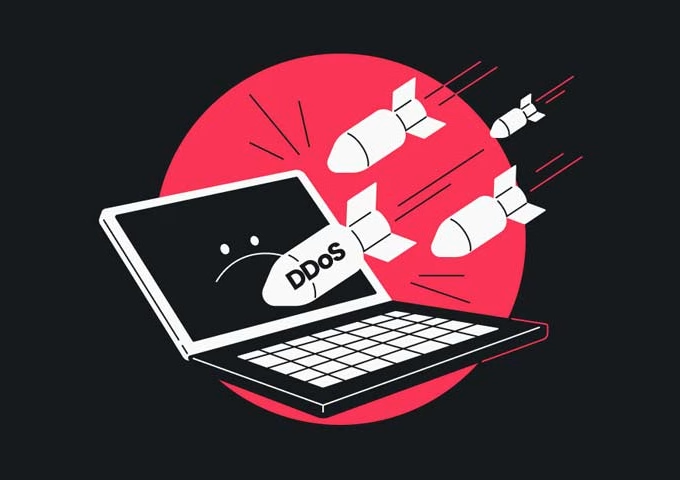In the ever-evolving world of digital marketing, the ability to target your audience precisely is not just an advantage; it’s a necessity. With the vast array of platforms and technologies at our disposal, advertisers can now reach their ideal customer more directly and efficiently than ever before. This guide will delve into the essential techniques you can employ to refine your audience targeting in digital advertising, ensuring that your campaigns are not only seen but also resonate with the right people.
Understanding Audience Targeting
Before diving into the specifics, it’s crucial to grasp what audience targeting entails. At its core, audience targeting involves identifying specific groups of people who are most likely to benefit from your product or service and directing marketing efforts towards them. This is not about casting a wide net but rather focusing on a defined segment that will yield higher conversion rates and a better return on investment.
Techniques to Enhance Your Audience Targeting Strategy
1. Leveraging Ad Networks
Ad networks like https://galaksion.com/advertisers play a pivotal role in digital advertising. They act as an intermediary between advertisers and websites, helping to place ads in front of a target audience across various online platforms. Here’s how you can make the most of ad networks for precise targeting:
Choose the Right Network – Not all ad networks are created equal. Some specialize in certain types of ads, like mobile or video, while others might have a stronghold in specific geographic regions or industries. Select an ad network that aligns with where your target audience spends their time.
Utilize Advanced Targeting Options – Most ad networks offer advanced targeting options such as demographic information, interests, behaviors, and more. Use these features to narrow down your audience to those who are most likely to be interested in what you’re offering.
2. Geo-Targeting
Geo-targeting allows you to customize your advertising campaigns based on the geographical location of your audience. This technique can be incredibly effective for local businesses or companies operating in multiple regions with varying products or services. Here’s how to implement geo-targeting effectively:
Localize Your Ads – Tailor your ad content to reflect local tastes and cultural nuances. This not only increases relevance but also boosts engagement with your target audience.
Use Location-Specific Keywords – Incorporate keywords that are relevant to the local area you are targeting. This increases the likelihood of appearing in search results when potential customers are looking for local information or services.
3. Behavioral Targeting
Behavioral targeting involves analyzing user activity to predict future behavior. This includes pages visited, content viewed, search queries, and purchase history. Implementing behavioral targeting can significantly enhance the precision of your campaigns:
Track User Activity – Use cookies and tracking pixels to monitor the actions that users take on your website and others they visit.
Predict Interests – Based on collected data, you can infer the interests and needs of your audience and tailor your advertising to match these preferences.
4. Lookalike Audiences
Most advertising platforms, such as Facebook and Google, offer the option to target lookalike audiences. This technique involves identifying people who resemble your current customers and targeting them with similar ads. Here’s how to use this strategy effectively:
Define Your Source Audience – Your source audience should be comprised of your best customers. The more specific you are, the better your lookalike audience will perform.
Adjust Similarity Levels – Most platforms allow you to set how closely the lookalike audience should match your source audience. A tighter match might decrease reach but increase relevance and conversion rates.
Best Practices for Audience Targeting
- Test and Iterate – Always test different strategies and targeting techniques to see what works best with your audience. Use A/B testing to compare results and refine your approach accordingly.
- Stay Updated – The digital landscape is continuously changing. Regularly update your knowledge of platform algorithms, new ad network features, and best practices in digital advertising.
- Prioritize Privacy – With increasing scrutiny on data privacy, ensure your targeting practices comply with legal standards and respect user privacy.
Conclusion
Precise audience targeting is not just about finding the right people; it’s about delivering the right message at the right time. By understanding the array of techniques available and how to apply them effectively through ad networks and other digital tools, advertisers can create more focused, effective campaigns that resonate with the intended audience. As you refine your strategies, remember that the key to success in digital advertising lies in continuous learning and adaptation. Keep your audience at the heart of your efforts, and you’ll not only meet but exceed your marketing goals.











